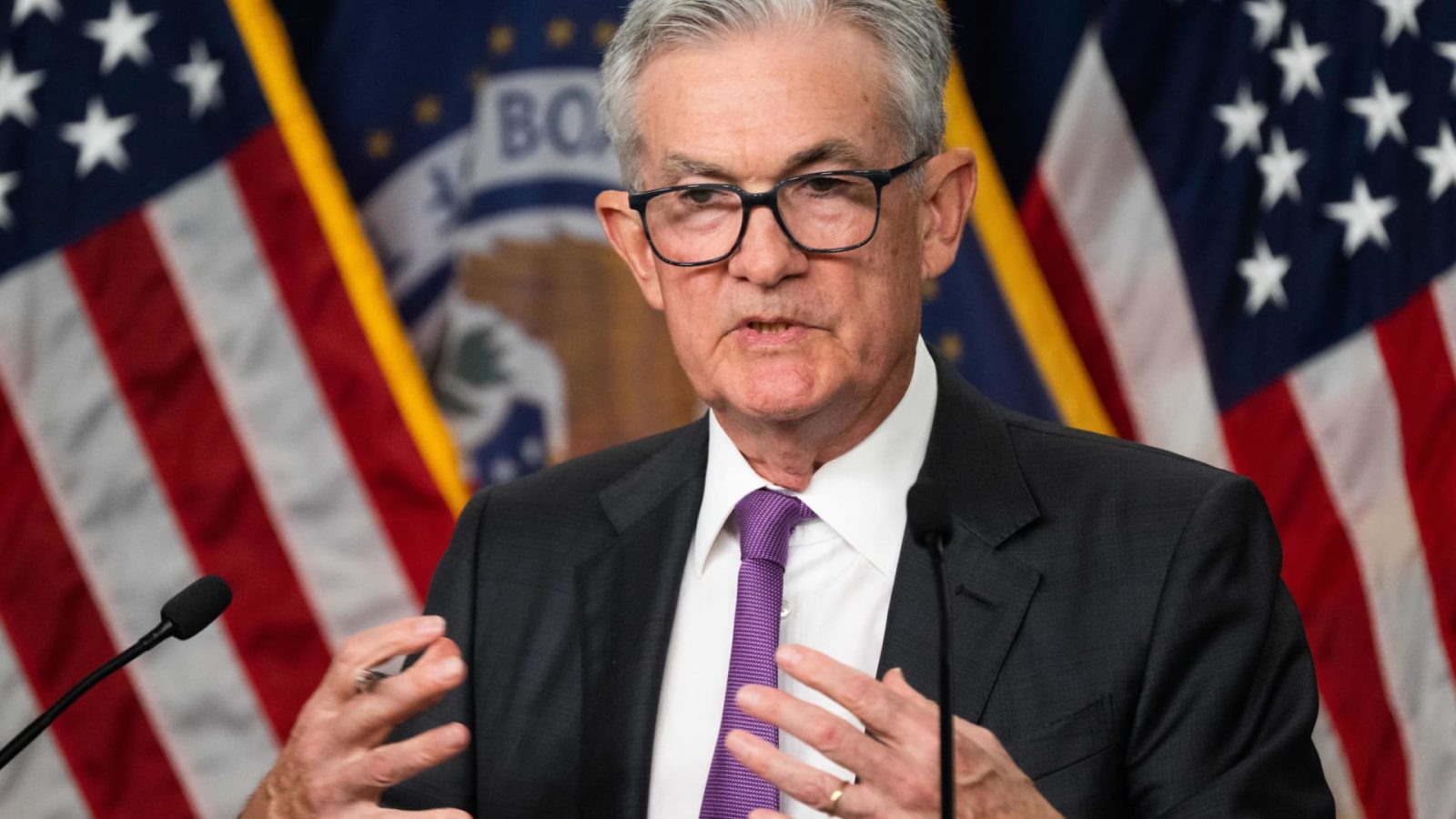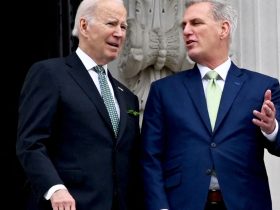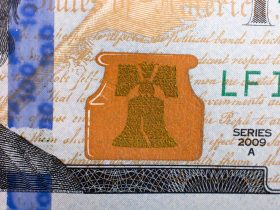Inflation is on the rise again, but it may not be as bad for your wallet as it sounds.
Here’s what’s happening: Driven by surging energy prices, the closely watched year-over-year inflation rate climbed from 3.2% to 3.7% in August, according to the Labor Bureau’s latest consumer index report. That’s still well above the Federal Reserve’s target rate of 2%, so it remains a concern.
However, the year-over-year rate should be taken with a grain of salt, as it no longer reflects the dramatic drop from peak prices in summer 2022.
This has created a distortion known as “base effects” where monthly price increases in 2023 seem more significant than they actually are, even though they’re growing at nearly half the rate we saw in 2022.
“The year-over-year numbers are pretty meaningless at this point,” says Daniel Altman, chief economist at Instawork, an online staffing platform. “What matters is the current path of prices.”
Inflation has slowed by other measures
To better gauge where inflation is headed, the Federal Reserve says it’s closely monitoring core inflation, a measure of inflation that excludes volatile food and energy prices, which can fluctuate wildly in a given month.
When you look at this measure, inflation is trending in the right direction. In August, core inflation rose by 0.3% after increasing by 0.2% the previous two months. That’s less than half the monthly rate we were seeing in early 2022.
The sweet spot is about 0.2%, says Sarah House, economist at Wells Fargo. Wells Fargo expects overall inflation to continue cooling, with a forecast of 2.2% inflation in 2024, says House.
“We’re starting to see progress on on inflation,” she says. “But there’s still quite a bit of distance before we reach the overall target of 2%.”
What this means for you
To reduce inflation, the Fed has discouraged spending by making it more expensive to borrow money. This has been done through a series of interest rate hikes, which have risen from near-zero in March 2022 to its current range of 5.25% to 5.5% — the highest it’s been in 22 years.
This means increased credit card and loan costs for consumers. These costs have started to add up, too:
- The average interest rate for credit cards is now over 20% — an all-time high, Bankrate reports.
- Interest rates for new auto loans now average 7.4%, the highest they’ve been in over 15 years, per Edmunds.
- The average student loan interest rate for undergrads has risen from 4.99% during the 2022-2023 school year to 5.5% for the 2023-2024 school year, according to the U.S. Department of Education.
The good news is that the Fed is unlikely to announce another interest rate hike when it meets Sept. 19-20, based on Wednesday’s data. The likelihood of any increase dropped to 5% as of Wednesday morning, according to the CME FedWatch Tool, which measures rate hike probabilities.
That’s largely because the economy has finally shown signs of cooling, as unemployment has increased, job gains have declined and wage growth has slowed.
And with core inflation decelerating in recent months, there’s “little justification for another hike,” says Altman. “Just keeping rates at this level is still applying the brakes to the economy.”
DON’T MISS: Want to be smarter and more successful with your money, work & life? Sign up for our new newsletter!
Want to earn more and land your dream job? Join the free CNBC Make It: Your Money virtual event on Oct. 17 at 1 p.m. ET to learn how to level up your interview and negotiating skills, build your ideal career, boost your income and grow your wealth. Register for free today.
Read the full article here












Leave a Reply